[SubLOGIC, Apple II]
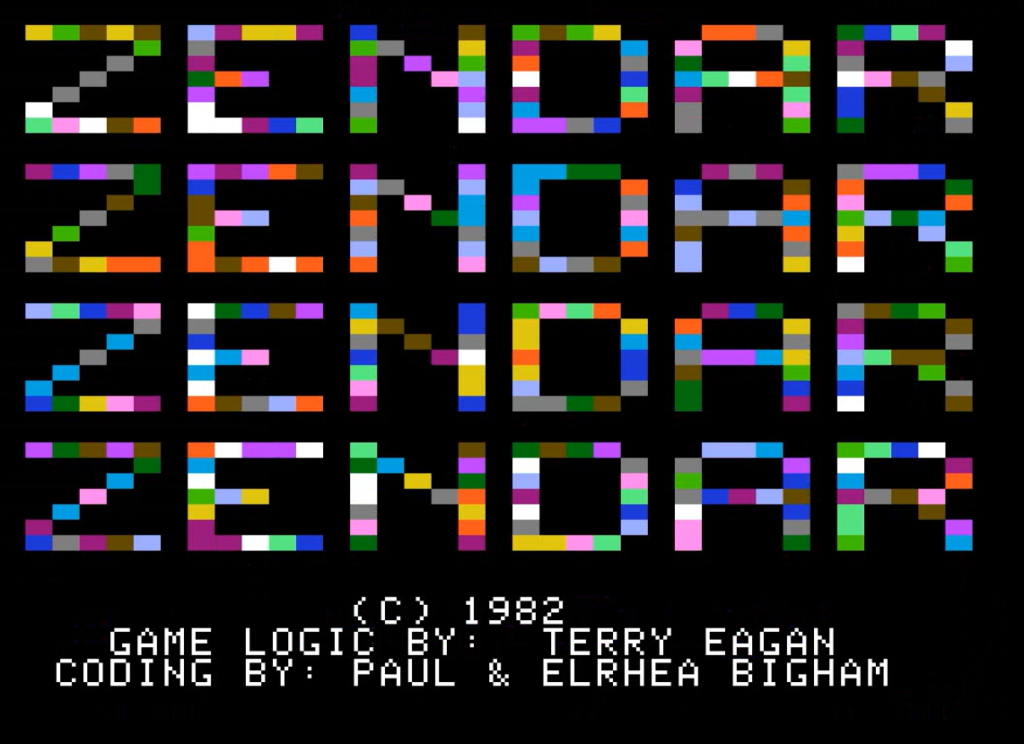
After my successful mandate as the President of the USA, I was looking for a new occupation, a cause to serve. That’s when I received a particularly moving message.
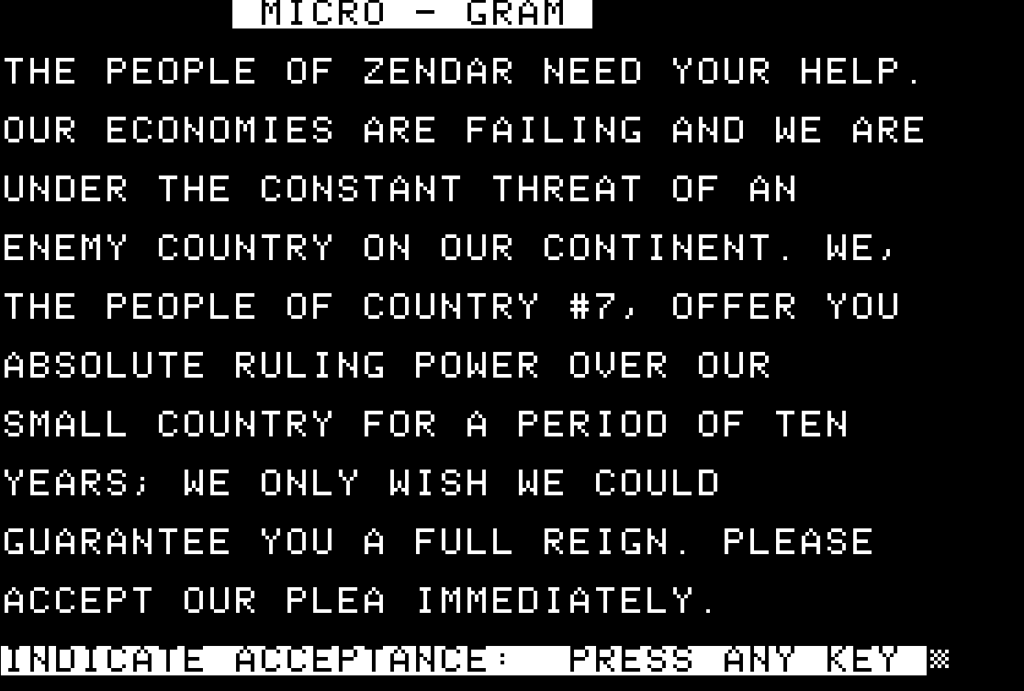
So many questions there :
- Did the people of Zendar (an island made of 8 countries) collectively send the message, or was the message sent by country #7 pretending to represent the interests of all of Zendar ?
- In the first case, did the people of country #7 tell the other countries about their offer, or did they add it sneaky-sneaky after everyone agreed on the first 4 lines ?
- Who is the “enemy country” on their continent ? Are they part of “the people of Zendar” ? Is it possibly the people of country #7 ?
- Why is the message titled Micro-gram ?
The offer was in any case too interesting to pass, and I immediately hopped on a plane for Zendar. A large plane, because I had to pick up no less than 250 assistants, divided between administrators, military personnel, scientists and engineers.
I can also replace any assistant with “a unit of gold”. If I assume a 1:1 volume parity between the average administrator and the “unit of gold”, it means a unit of gold represents 0,07 cubic meters of gold.
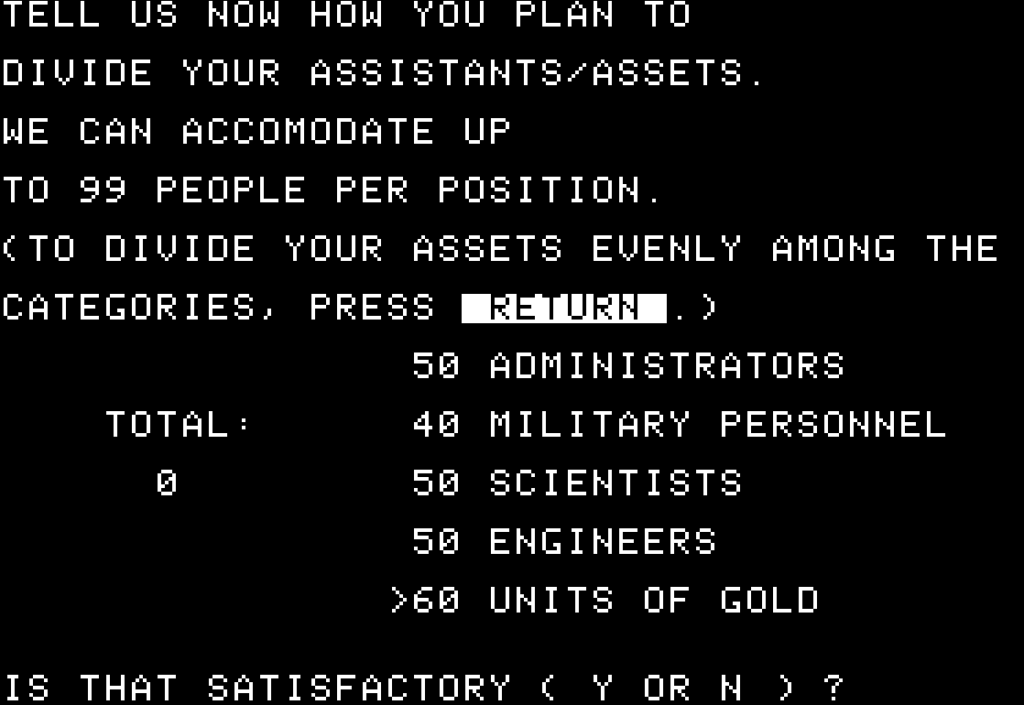
What is the purpose of each of these assistants and / or units of precious metal ? I have no idea, an answer you will hear a lot as I navigate through this game.
And so we arrive on Zendar :
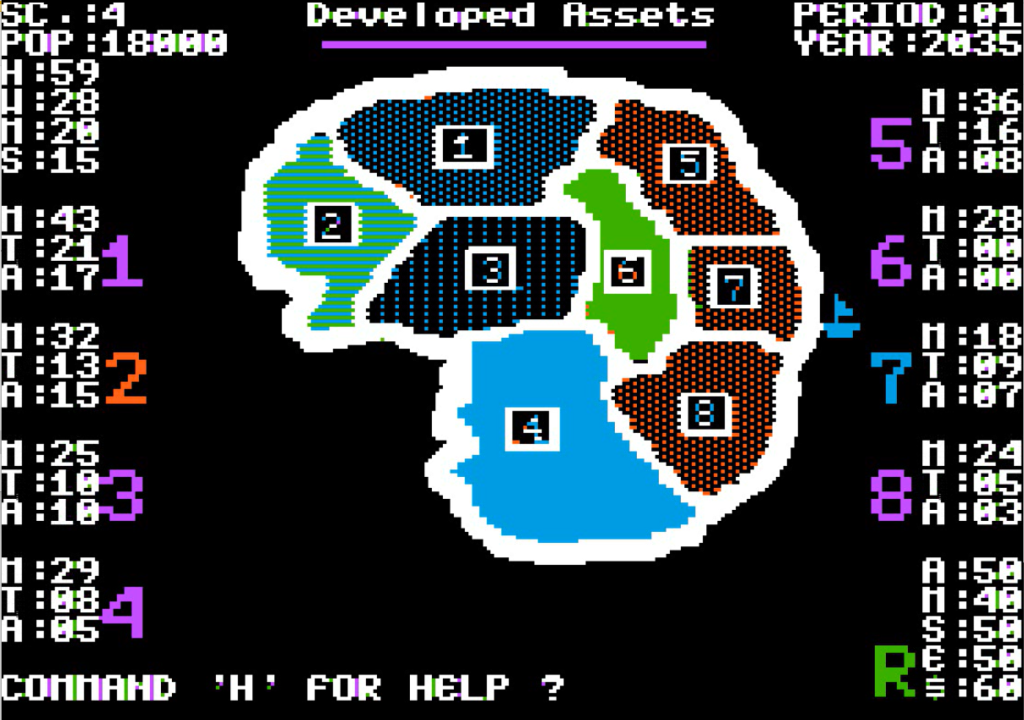
The “constant threat” on the continent is actually country #2, which will absolutely refuse to talk to me and start to expand. None of the 6 other “neutral” countries, some of which start more powerful than country #2, will do anything about it. Of course, none of the neutral countries will do anything about ME either when I will inevitably expand.
Each of the 8 economies is tracked across 10 variables :
- Energy
- Raw Materials
- Production
- Manpower
- Transportation
- Agriculture
- War Strength
- Health
- Wealth
- Morale
How do these 10 variables influence one another ? I don’t know, the manual does not say anything about it, except that the first 7 “determine” the last 3. Work with that.
The objective of the game is to have the highest possible Health, Wealth, Morale and War Strength for the countries under my control at the end of the game (in 40 turns). Their global values, along with the population and the score, are displayed in the top left corner of the map.
To complete this objective, I have four possible actions : Assign, Annex, Trade and War.
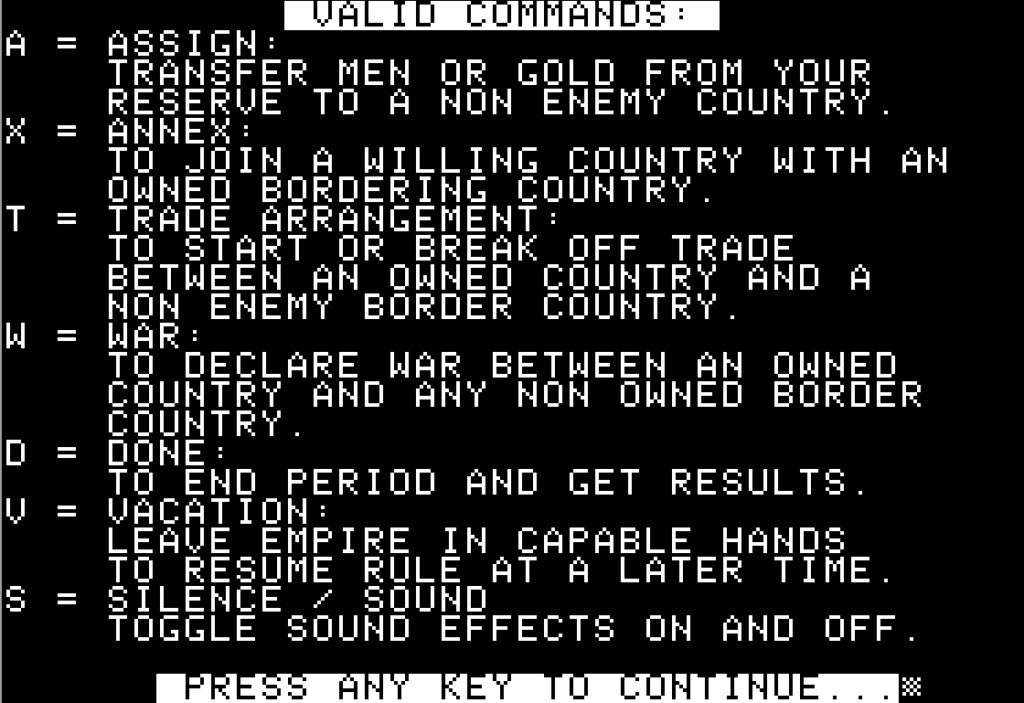
Assign is the most interesting. It allows me to assign all my administrators / military / scientists / engineers and gold to anything except Health, Wealth and Morale.
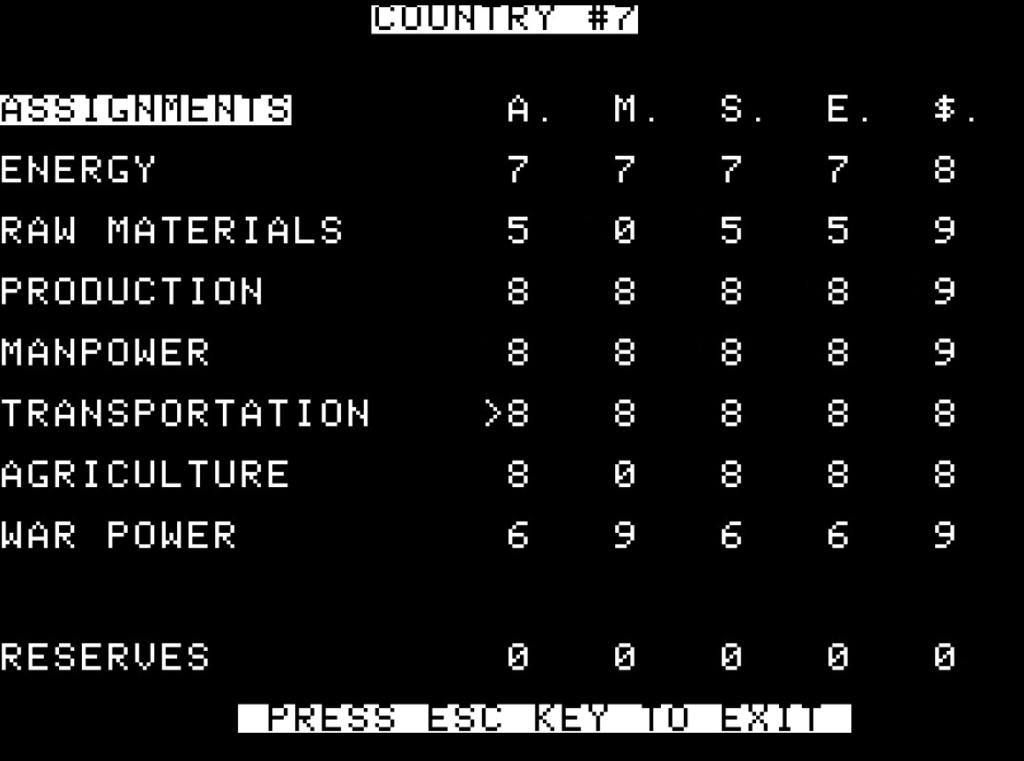
Who should I allocate to what ? I don’t know, the manual does not say anything about it either. I assume the military guys are best allocated to war power and that scientists are not going to help manpower much, but beyond that, your guess is as good as mine.
For now, I can almost max out anyway. Surprisingly, allocating “units of gold” does not consume those units. I surmise I am just promising some future grants, or giving some companies collateral, I don’t know.
Back on the island map, this time with a “War Strength” [S] filter :
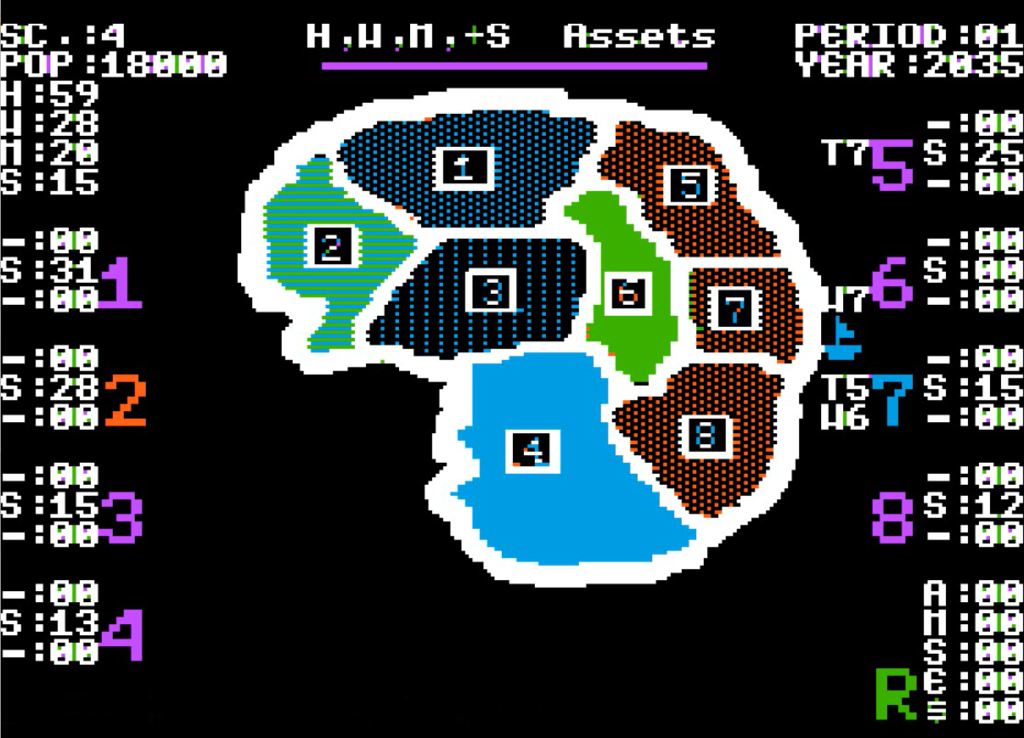
I open a trade route with country #5. What does a trade route do ? I don’t know ! I just know that other countries can’t refuse a trade offer, and country #5 is richer than I am, so it seemed like a good candidate. I also notice that country #6 kind of forgot to build an army (S = 0) ; probably they did not receive the memo about some hostile country trying to conquer the island. Always willing to ensure important messages are communicated in a clear and effective way, I declare war on them ! They are immediately conquered during turn resolution.
At the start of turn 2, I am the owner of two countries. I immediately sign a new trade agreement for my new country (each country gets one trade agreement maximum) :
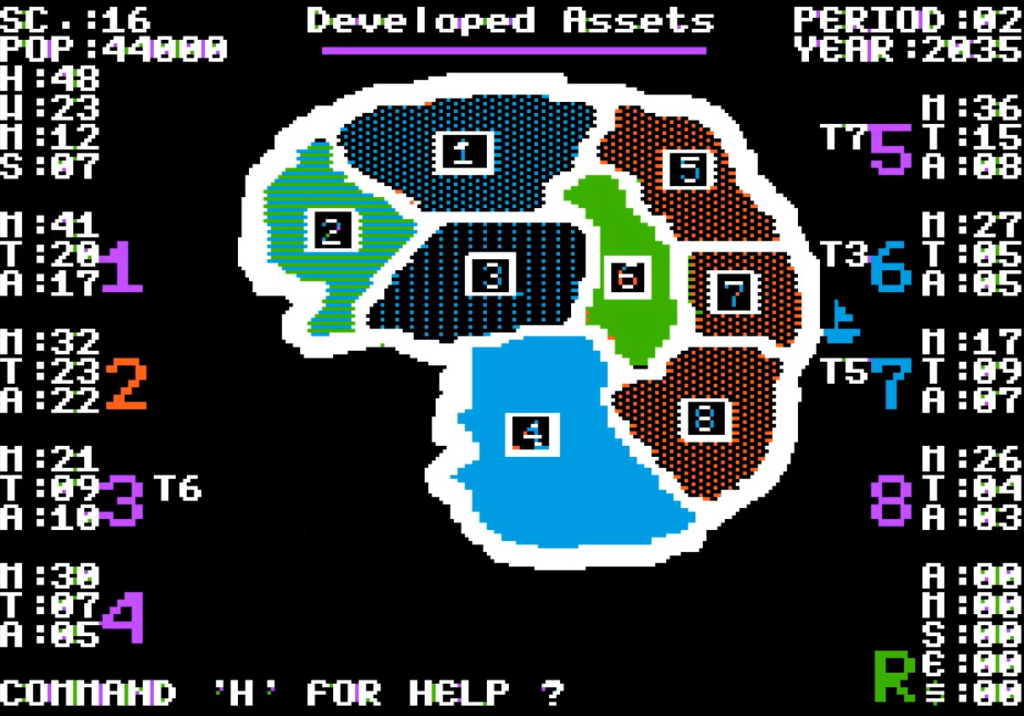
That’s when I have to take my first difficult decision : conquering a new territory does not give you any new advisor or unit of gold, so now I must distribute them across two countries.
Well, it would be a difficult decision if I had any idea what those people/valuables were doing. Since I don’t, I just split them 50/50 with a few adaptations ; for instance country #6 starts with a lot of manpower, so no need to allocate anything to that.
In 2 years, I manage to conquer half the island. In the third year, I liberate country #5 which had been captured earlier by country #2 :
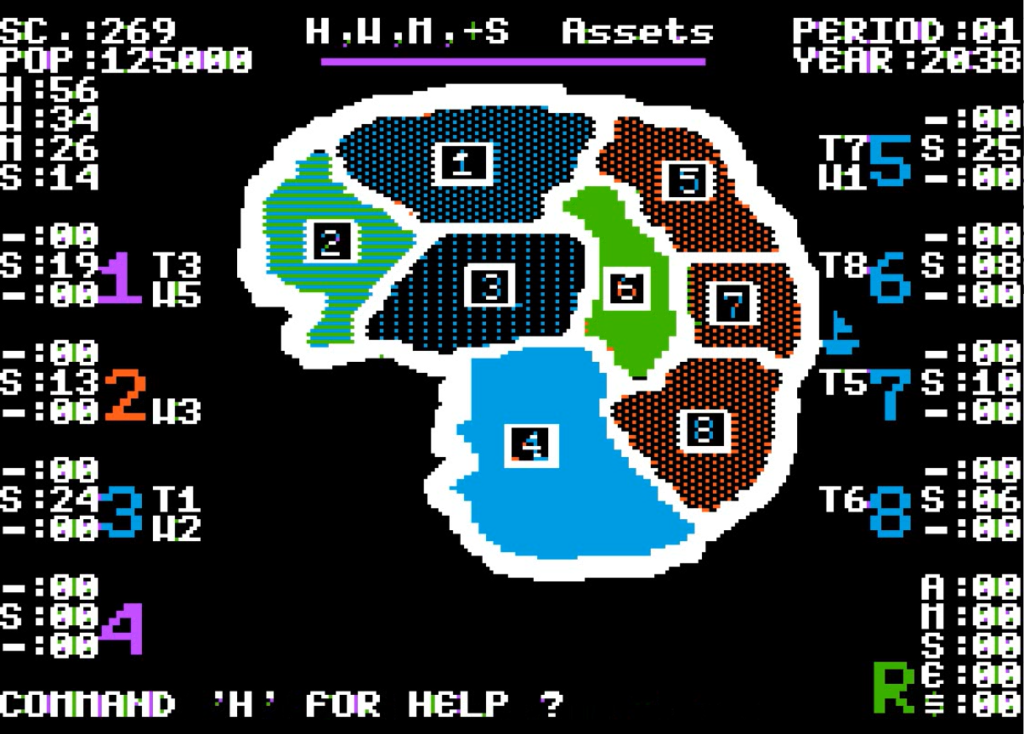
I am shuffling my advisors and piles of gold to quickly develop whichever country I plan to launch the next attack from. Most of my countries don’t receive any advisors – the manual warns that allocating too few of them can be useless, so I prefer to focus on no more than two countries.
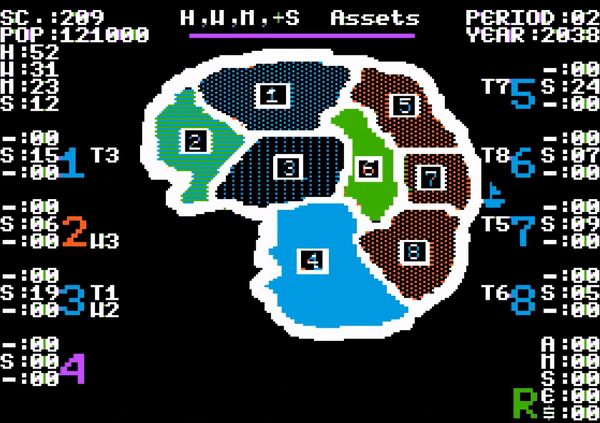
In the second season of the 4th year, just as I conquer the two last “free” countries on the map, the game throws a wrench at me : country #2 immediately rebels, as does country #6 for no reason at all. I can recognize a broken rubberband design when I see one, and after reconquering country #6 easily I let the AI keep its country #2 to avoid triggering more rebellions.
I regularly attack country #2 with forces insufficient to win, but enough to “drain” the military strength of my rival, but in 2040 the worst happens : I manage to win against all odds ! This victory is immediately punished by rebellions in countries #1, #2, #3 and #8. Country #1 does not dawdle : it had a strong garrison that is immediately used against my defenceless country #5.
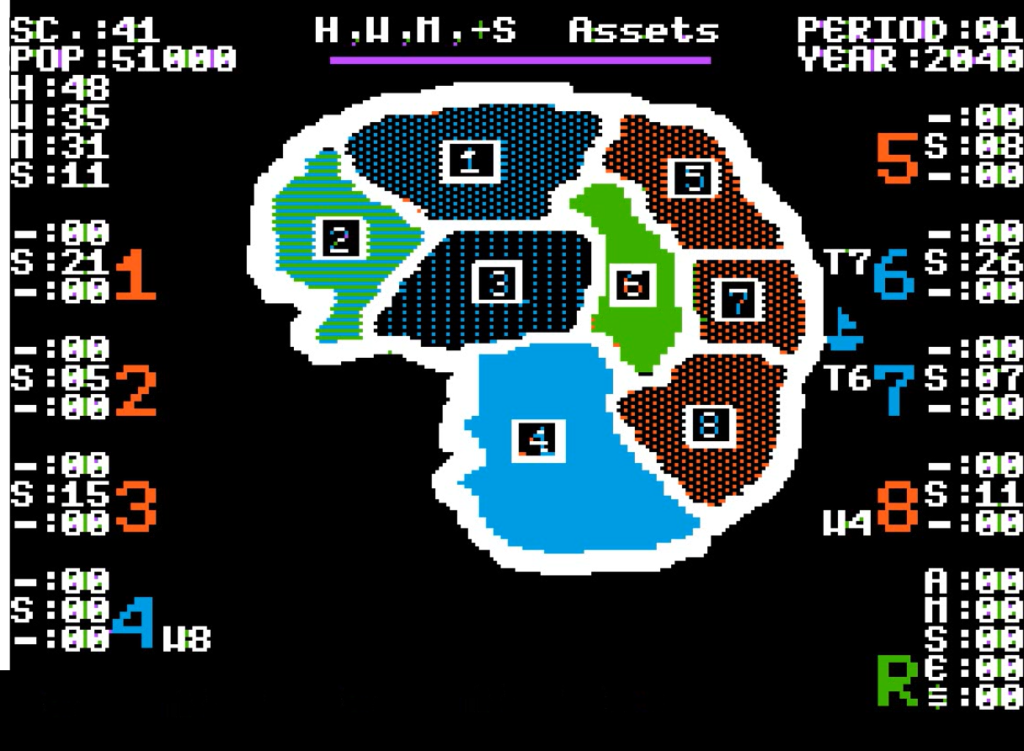
Unfortunately, I had allocated some of my advisors and heaps of gold to countries #2 and #3. Those advisors and/or valuables are lost forever. The rest of them were in country #6, which manages to hold the line until 2043. When I lose it, I lose all my remaining advisors.
I still manage to hang on to two countries, but only because they are never attacked. Without any advisors to assign, the countries are left fallow.
I end the game with 5 points – I started with 4. Generously, I am still awarded a “fair” rating – totally undeserved until you notice in the manual that it is the worst rating possible.
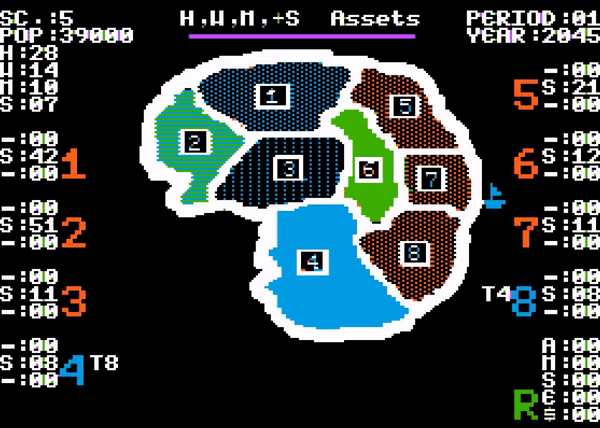
How much fun did I have ? None.
Rating & Reviews

Zendar by Terry Eagan, published by subLOGIC
First release : November 1982 on Apple II
Tested on : Applewin emulator
Total time tested : Around 2 hours
Average duration of a campaign: 1 hour
Complexity: Average (2/5)
Would recommend to a modern player : No
Would recommend to a designer : No
Final Rating: Totally obsolete
Ranking at the time of review : 80/82
Founded in 1977 by Bruce Artwick and Stu Moment, two friends who met at the University of Illinois, SubLOGIC sold various 3D graphic programs designed by Artwick in its first two years. The programs had some degree of success, but critically they paved the way for SubLOGIC’s defining breakthrough game in December 1979 : FS1 Flight Simulator. FS1 Flight Simulator positioned SubLOGIC as a company that knew how to make flight sims, and later Microsoft Flight Simulator in November 1982 positioned it as a company that only did flight sims, but between the two SubLOGIC attacked almost single genre trying to find a niche: space sim, arcade, strategy, educational, adventure and even, most successfully, a pinball game.
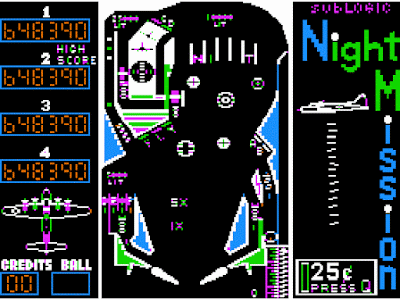
The first strategy game released by SubLOGIC (September 1982) was a weird hybrid of a space sim and Galactic Empire called Space Vikings that I may eventually cover.
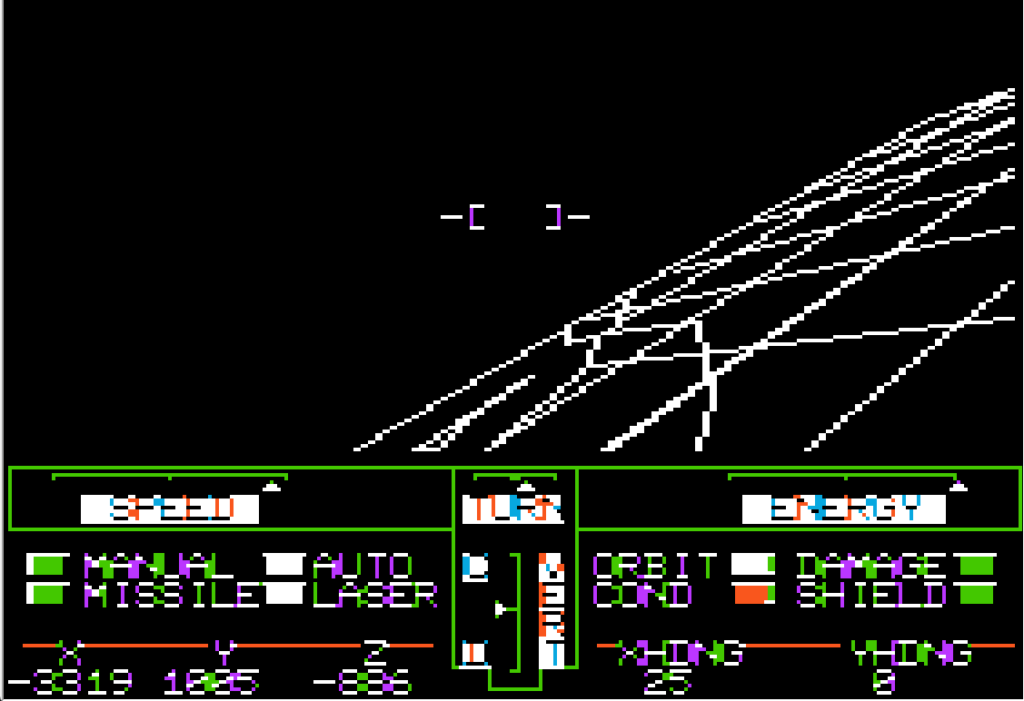
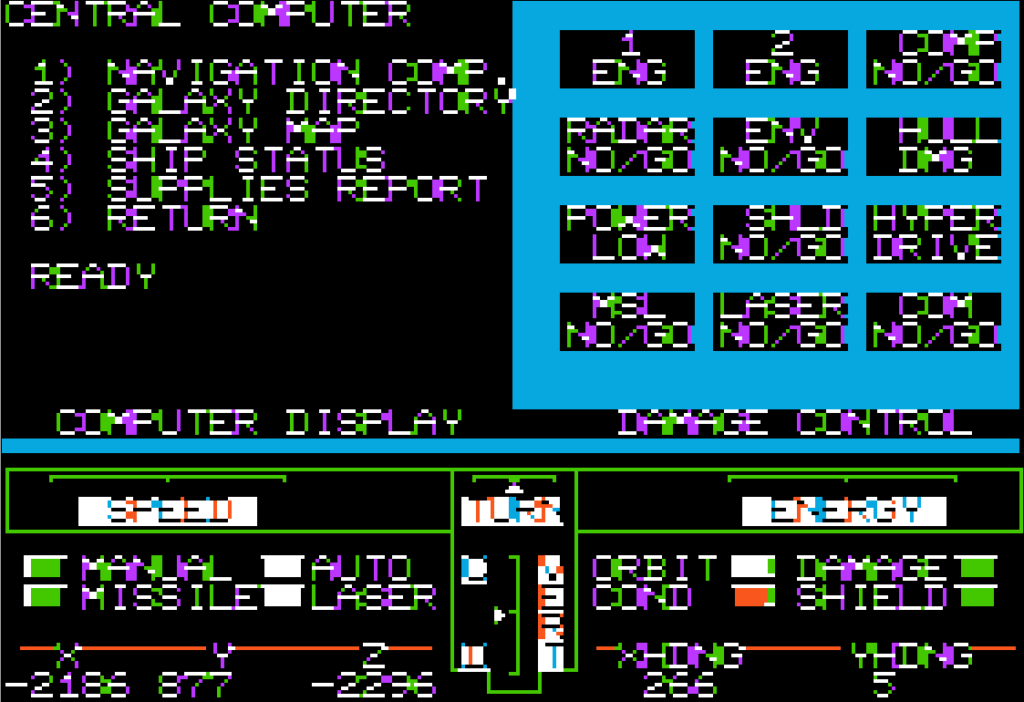
SubLOGIC then launched a series (the “New Wave Strategy Line“) of three strategy games developed by Terry Eagan for the Apple II :
- Roadblock, which I guess may be considered a strategy game but is certainly not a wargame. You must block a robber with police cars :
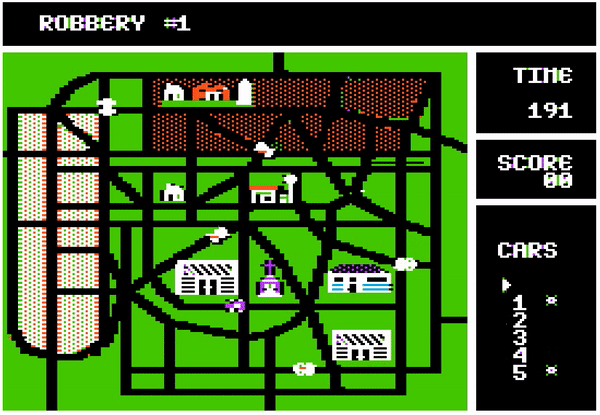
- Frontline (aka Front Line), a game that may be an early RTS-precursor. Or totally luck-driven. I don’t know, the manual appears to be lost.
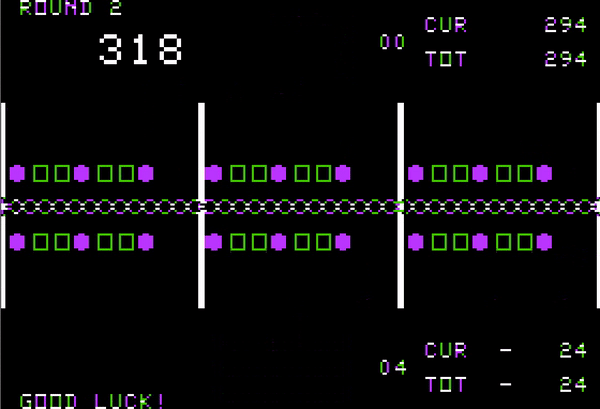
- Finally, the topic of the day : Zendar.
A. Immersion
Terrible. The designer did not bother to name any of the countries, and gold behaves the same way as people. Need I say more ?
B. UI , Clarity of rules and outcomes
Terrible. “UI” and “clarity of rules” are good enough. “Clarity of outcomes”, on the other hand, reaches a new low on this blog. According to the manual, it is by design :
The number of men/units of gold you assign in any category is very much a matter of experimentation and personal choice. Assigning twice as many resources to a category will not necessarily double the rate of economic improvement, while assigning too few may have no effect whatsoever on an economic indicator’s rated value. It’s up to you to determine the optimal assignments in any category that will result in the fastest rate of growth and improvement.
Given the number of potential combinations (5 types of resources of which you can allocate from 1 to 9 points in 7 different categories, the impact of war, trade and random events), it takes some amount of chutzpah to state that you can learn by experience, especially since there is one additional factor to take into account : “watch also for the leveling off of an indicator’s rate of change; this usually indicates that the area of the economy is nearing its maximum potential.”
The ad states : “Simple to play yet intrinsically complex, its underlying model may require years of strategy optimization“. My opinion on this :

C. Systems
Terrible. Well, technically, it should be “I don’t know” for the reason above, but even if I understood what I was doing, the fact that the amount of advisors / gold can only change downward is lazy design. Sure, it should not scale anywhere proportionally to the size of the economy, but no scaling at all makes expanding frustrating. To add insult to injury, in any given country “economic areas” without advisors will slowly decrease – and keep in mind that according to the manual “assigning too few may have no effect whatsoever“.
It is a pity that for a game with 8 different countries, diplomacy is so weak :
- Countries can only be at war with one country at a time,
- You cannot transfer resources from one country you control to another, the only option is “trade”, with unknown effect
- You can “annex” countries, which works by lending advisors to another country and hoping for the best after a few turns
With a fixed number of advisors / units of gold to allocate and no way to shuffle resources around countries, expanding feels pointless – you only do it because you literally have nothing else to do in this game except watch numbers grow.
D. Scenario design & balancing
Very poor. Only one scenario, bland AI and a “balancing” mechanism [rebellion] that manages to be worst in terms of gameplay than any bonus they could have given to the AI.
E. Did I make interesting decisions ?
Allocating resources certainly involves a decision. An interesting one ? No.
F. Final rating
Totally obsolete. It is not the worst game in my ranking only by virtue of not ALSO being a buggy mess.
Still, as we have seen, Zendar has a map, different countries with their own economy, an embryo of economy, another of warfare and some extremely basic level of diplomacy. As much as I dislike this game, I am forced to reckon that it may be one of the first Grand Strategy games in history, or at least a precursor. Zendar is miles below Nobunaga’s Ambition which came early 1983, it was not influential in any way but as much as I can tell it was there first.
Contemporary Reviews
I could only find one review for Zendar, in the October 1983 issue of Electronic Games, and even then it is mostly descriptive, except for a complaint about the rebellions.
Zendar was the last strategy game from SubLOGIC. Microsoft Flight Simulator was released roughly at the same time, and with its success SubLOGIC went for another path. As for Terry Eagan, he seems to have disappeared from the gaming scene after having released his three games from the New Wave Strategy Line. I may return to SubLOGIC for Space Vikings and Frontline (manual allowing).